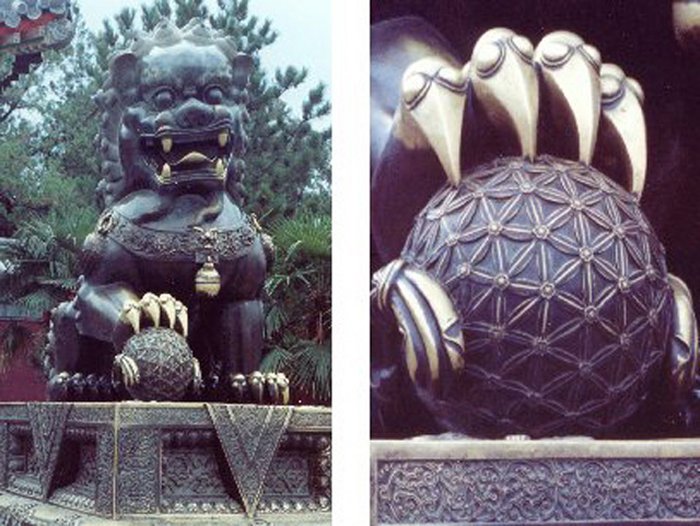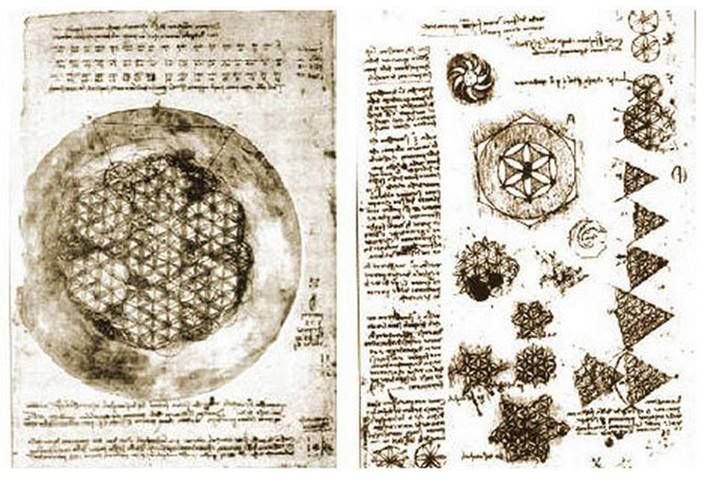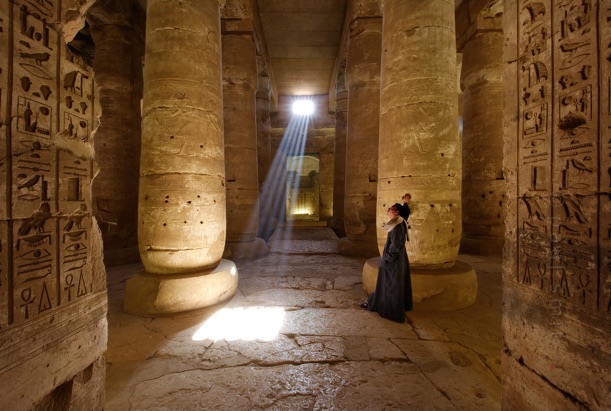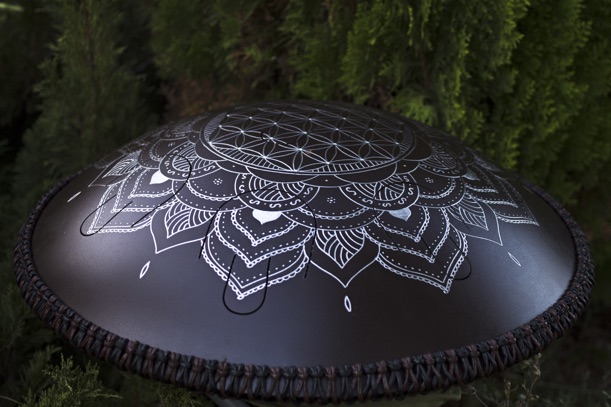No products
Top sellers
-

Freezbee Flower of Life
Enigma scale: A C D E F G A C Rope decoration is include Materials:...
$369.00 -

Freezbee Morning Star
Enigma scale: A C D E F G A C Rope decoration is include Materials:...
$339.00 -

-

Freezbee Sri Yantra Black Diamond
Enigma scale: A C D E F G A C Rope decoration is include Materials:...
$339.00 -

-

Freezbee Premium Black
Enigma scale: A C D E F G A C Rope decoration is include Materials:...
$369.00 -

Freezbee Dreamcatcher Black Diamond
Enigma scale: A C D E F G A C Rope decoration is include Materials:...
$349.00 -

StandArt 2.0 Plus+ Pure Black
Equinox scale Materials: stainless steel Handmade Engraving Custom scale...
$569.00 -

Freezbee African Graphite
Enigma scale: A C D E F G A C Materials: Stainless steel. Handmade...
$369.00 -

Freezbee Premium with bag
Tonus Scale: Bb C D F G A Bb C Rope decoration is include Materials:...
$399.00
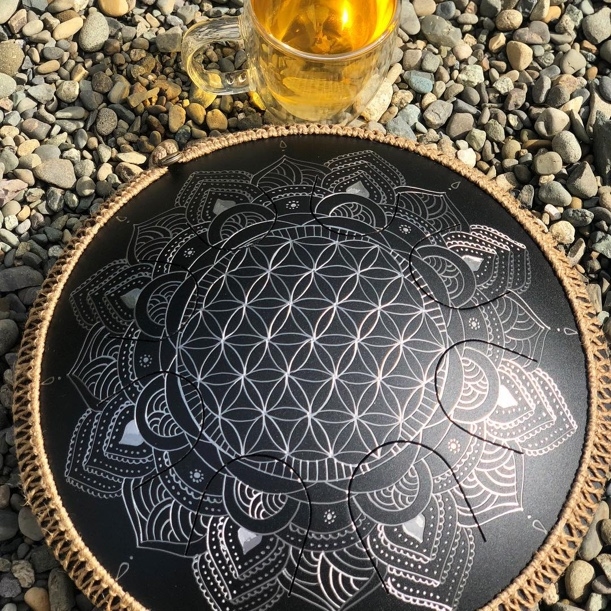
SYMBOL FLOWER OF LIFE & GUDA STEEL TONGUE DRUM
Throughout the universe, rhythm and form are two languages common to all humankind. They represent two beginnings from which the entire universe emerged, two sources of artistic inspiration, the two essential conduits for the transfer of knowledge. These two beginnings are intertwined in the design of the ancient meditation mandalas of the GUDA steel tongue drum, where they reinforce each other. The Flower of Life is an image engraved on this special percussion instrument by a master whose design follows the strict laws of sacred geometry to convey the deep meaning of this ancient symbol.
The Flower of Life is one of the most popular images not only on GUDA DRUM pan drum, but also all over the world, from ancient Egypt to Japan. Many cultures, religious traditions, and philosophies have absorbed and passed on this sacred symbol, but its origins have been obscured by time. It is thought to be as old as man’s ability to depict signs, and reflects the course of life itself in all its harmonious structure. Images of the Flower of Life can be found in all of the major world religions, from Israel to Tibet. And everywhere this image is called the ‘Flower of Life’ or the ‘Seed of Life’.
According to ancient texts, embodied in this image are all of the laws of creation, the harmony of musical tones, the universal stages of all processes, and the evolution of biological life. The image consists solely of circles, for the circle is a symbol of perfection and wholeness. Thus, the Flower of Life represents the perfect harmony permeating all of creation.
The design for the Flower of Life starts with a central circle – this is the starting point for the origin of life, the creation of being from nothingness, the emergence of the cosmic order. The central circle is surrounded by six more identical circles, the centers of which are within the central circle – this primary element of the image is called the Seed of Life. These seven circles correspond to the sevenfold structure of the origin of life, and, in many cultures, the number seven is regarded as a special number in which the very foundation of the universe is encoded. Hence, the seven days of creation, seven colors of the rainbow, seven notes, seven days of the week. Continuing the spiral movement, six more circles are added to the pattern, creating a symbol called the Egg of Life – a schematic depiction of the stages of an embryo’s development from the egg. As it develops and divides into cells, the embryo forms the human body, and as more circles are added to the Seed of Life, it evolves into the Flower of Life.
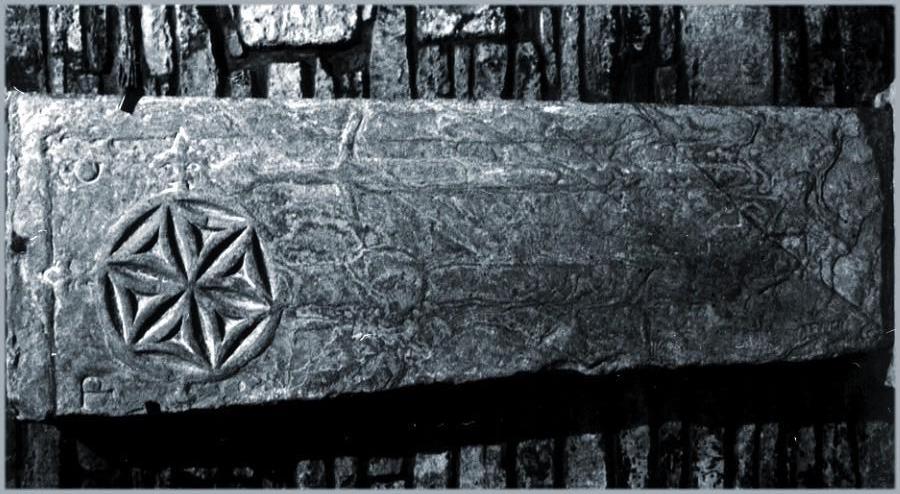
The image of 13 intersecting circles is called the Fruit of Life, and in times past, it was thought that a correct interpretation and decoding of this pattern provided a conduit to the secrets of the corporeal and vital aspects of the human body. As we contemplate the construction of the Flower of Life symbol, we see how life develops and fills the entire large circle encompassing the pattern. This double circle symbolizes the boundaries of our universe: Time and Space. A flower with six petals is engraved in each circle of the pattern. These petals take their form from the intersection of the circles and have a perfectly regular, harmonious shape, thus creating the Flower of Life. And so these intricate geometric designs reveal to us the secret of the laws of the origin and evolution of the life force, which courses throughout the universe, seeking to fill the cosmic void.
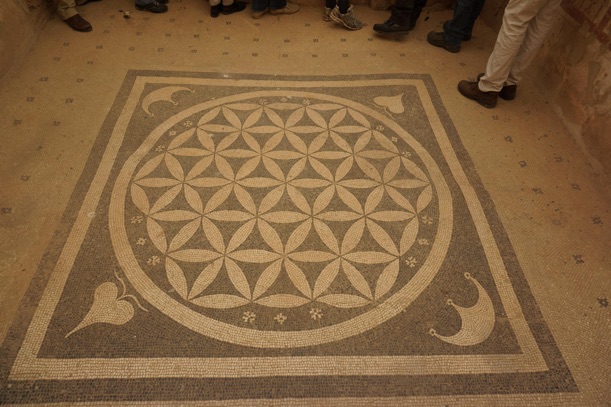
It is no surprise that this pattern was used extensively on the wall of the temple of Osiris in Abydos. Osiris is the god of resurgent life, regeneration, plants springing to life after a drought, the god who promises a rebirth after death, and the gift of eternity to those faithful to him. The symbol of the Flower of Life conveys this message about the continuity of life far better than any text, because in it, in a single geometric pattern, we discern all there is to know about the evolution and proliferation of life. And the pattern is infinite, because in the center of each circle a new circle can be engraved which also depicts the Flower of Life – ad infinitum. Thus, life goes on, and gives birth to more life.
In the intricacies of the pattern we can make out sacred symbols from a wealth of traditions – the cross, the pyramid, the Celtic trefoil, the wheel of Samsara.
As we contemplate this ancient symbol, its harmony strikes us, the perfection of each of its elements, and this is no accident – ancient sources describing the Flower of Life say that the formula of universal harmony and order is encrypted within it.
Leonardo da Vinci explored this symbol in his quest for perfect proportions, because in it is hidden the Divine Proportion, Pi, which the Italian genius so auspiciously employed.
The great psychoanalyst Karl Jung, who introduced Eastern mandalas to the Western world, believed that the Flower of life symbolically describes the psychological development of the human soul, and as you contemplate it, you are immersed in the study of your own psyche, at the same time bringing order to the chaos within.
The Flower of Life harmonizes and fills everything with a vital, creative power. In combination with the rhythm of the drum, which in ancient myths was a symbol of creation and the universal, this symbol serves as a conductor of creative, harmonizing energy. In ancient myths, the drum and tambourine were the instruments of choice in the creation of the cosmic order. Perhaps the rhythms of GUDA DRUM steel tongue drum percussion instruments embossed with the Flower of Life will be the source of your own creative cosmos?


